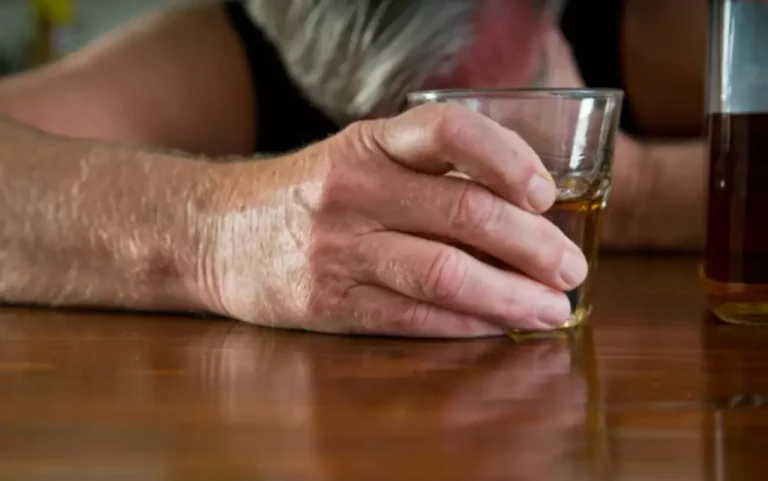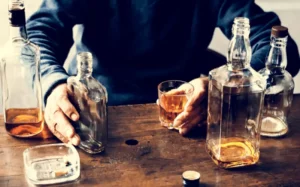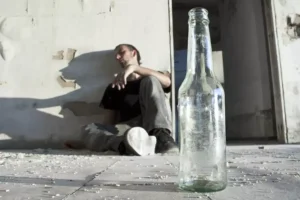The neurotransmitters serotonin and dopamine send messages to the brain and the rest of the body. The altered brain chemistry essentially requires constant, repetitive exposure to the substance or action to function psychologically and physiologically. This chemical dependence leads to tolerance and withdrawal symptoms, two of the hallmarks of substance abuse addiction that most often require a professionally monitored alcohol and drug detox. Addiction is defined as obsessive thinking and compulsive need for drugs, alcohol, food, sex or anything despite the resulting negative consequences. Addiction includes the development of tolerance combined with withdrawal symptoms. In addition to tolerance, an addict or alcoholic will experience intense physical cravings for the drug and an emotional obsession to take alcohol or drugs regardless of the consequences.
Current research has indicated that the effects of dopamine from drugs are much more exhilarating than the dopamine produced naturally. Competencies are skills that help children cope with stress, thereby reducing their risk for alcoholism and other psychosocial problems. Most programs teach specific emotion-focused and problem-focused coping skills (Nastasi and DeZolt 1994; Folkman 1984). Emotion-focused coping is Art Therapy for Drug & Alcohol Addiction Recovery a process by which the child seeks social support or uses strategies such as distancing or reframing the negative aspects of the situation to emphasize the positive aspects. For example, the child’s inability to control parental drinking may be offset by the knowledge that sources of help are available. The content of COA prevention and intervention programs is often based on social cognitive theory (Bandura 1986).
Want to live your best life?
Sugar works just like an addictive drug—it stimulates the production of dopamine and other feel-good neurotransmitters, and when the effect wears off, you’re left wanting more. These programs provide the recovering person with hope, a non-judgmental support system, a sense of belonging, a new framework for looking at the problem, and a structure. Recovering from addiction means learning healthier ways to cope with frustration, anger, and emotional pain.

These changes in brain chemistry create addiction, tolerance and withdrawal symptoms, which all lead to cravings. One strategy that can help break a cycle of addiction in families is substance abuse prevention. The heritability of substance abuse, however, can also be influenced by a https://g-markets.net/sober-living/100-most-inspiring-addiction-recovery-quotes/ “nurture” element. That is, drug or alcohol use behaviors can be learned and influenced by environmental factors as well genes. An affected person experiences different symptoms of addiction, but the presence of this stage of the addictive behavior is also observed by other people.
What’s An Addiction Cycle?
However, every addict is unique and there is no set number of days that it takes to stop the addiction cycle. Setting a specific number of days when you are supposed to break a habit is an obvious way to get frustrated and give up on your sobriety. An addictive cycle includes a range of bad habits, which means that breaking a cycle ill require breaking each of the habits involved in that cycle. Rather than assessing their support structures, individuals often seek rapid relief.
- This only shows why it’s so important to get professional help for the addiction problem.
- They stop abusing substances for a period of time — weeks, perhaps even months — before stress, anxiety, emotional pain, or an event that serves as an emotional trigger causes the cycle to start up again.
- Research has helped guide the design of prevention and intervention programs aimed at reducing this risk.
- Instead, when an individual has transitioned into an addiction cycle, they feel helpless and unable to stop.
- Generally, interventions include alcoholism education, training in coping skills and social competence, social support, and healthy alternative activities.
Then we need more on repeated use, just to feel a the marginal pleasure boost – and, eventually, just to feel « normal. » The first thing you want to do is to recognize that addiction is a disease that requires decisive action. Many people cannot break out of the addiction cycle due to denial or justification of the problem.
How Addictive Substances Influence Your Mood?
For example, wanting to have fun with friends is a typical situation where people try drugs and alcohol. But more dangerous can be when someone uses drugs or alcohol to cope with stress or a mental health issue. This can increase the desire to keep using drugs or alcohol, which can lead to the next phase of addiction. Eventually, from internal turmoil and conflict or through outside interventions, a person can try to stop the addiction cycle and enter a healthier lifestyle called recovery. It may take months, years or decades before this process leads one to the path of recovery.
- When we think of the words addiction, we we think of heroin, cocaine, alcohol, and other addictive substances.
- Through this post, we are going to discuss six stages of addiction and help you to break the cycle.
- And because it’s hard to recover by yourself from an addiction, you should consider getting help in this journey where you’re trying to recover from specific addictive behavior.
- Hearst Television participates in various affiliate marketing programs, which means we may get paid commissions on editorially chosen products purchased through our links to retailer sites.
It just means you need to do a little digging into your options and keep an open mind. Be willing to admit that you aren’t sure what to do or what works and what doesn’t. Explore all of your options because there are almost always more than you think. If you believe addiction is a problem, it’s best to start with a professional diagnosis to confirm and decide on the next steps.
At this stage, the user takes the substance not for social acceptance or to treat a condition but for its pleasurable effects. With continued abuse, the individual will need higher doses of the drug to get the same effect. According to research published by The European Journal of Social Psychology, forming or breaking a habit takes an average of 66 days.
Lembke warns that you’ll probably feel a lot worse before you start feeling better. These changes will work for a while until the brain becomes tolerant to the new dosage, forcing the person to increase the dosage again. At this stage, the individual will progress to heavy substance use, leading to the next stage.






















